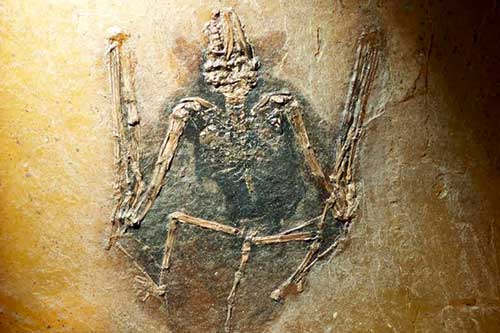-
Tips for becoming a good boxer - November 6, 2020
-
7 expert tips for making your hens night a memorable one - November 6, 2020
-
5 reasons to host your Christmas party on a cruise boat - November 6, 2020
-
What to do when you’re charged with a crime - November 6, 2020
-
Should you get one or multiple dogs? Here’s all you need to know - November 3, 2020
-
A Guide: How to Build Your Very Own Magic Mirror - February 14, 2019
-
Our Top Inspirational Baseball Stars - November 24, 2018
-
Five Tech Tools That Will Help You Turn Your Blog into a Business - November 24, 2018
-
How to Indulge on Vacation without Expanding Your Waist - November 9, 2018
-
5 Strategies for Businesses to Appeal to Today’s Increasingly Mobile-Crazed Customers - November 9, 2018
The Color of Extinct Animals: Fossilized Pigments Reveal What Creatures Looked
The team of scientists discovered that by analyzing the microscopic structure of the fossilized remains of prehistoric animals, they can indicate the color of the creatures. It comes in two colours – reddish brown phaeomelanin and black eumelanin. But the researchers say they are actually melanosomes, cell structures that hold melanin, the substance that brings color to skin, hair, feathers and eyes.
Advertisement
Since the melanosomes differ by their shape to the type of melanin produced, researches hypothesized that the melanosome appearance could be used to infer what color the animal was.
Finally, she shares, “So by finding traces of the chemical melanin in association with these structures, we’ve basically confirmed that you can use the shapes of the melanosomes themselves to tell what color something was”.
“We have now studied the tissues from fish, frogs, and tadpoles, hair from mammals, feathers from birds, and ink from octopus and squids”, said Colleary.
In addition to shape, melanosomes are chemically distinct.
Many “high-temperature autoclave experiments” were done to replicate the conditions under which these fossils were formed, before coming to the conclusion.
The new study was inspired by previous research conducted in 2008.
By using the battered modern melanosomes as a guide for what to expect from the fossilized versions, the researchers were able to make informed guesses about color. Dr. Jakob Vinther, one of the two main researchers on the team alongside Virginia Tech doctoral student Caitlin Colleary, seems to have anticipated the disappointment that the bats were not electric blue.
“Since so little is preserved in the fossil record, the color of extinct animals has always been left up to artists’ interpretations, and important information regarding behavior has been considered inaccessible”, Ms. Colleary told Reuters.
The work was carried out at the University of Bristol and the University of Texas at Austin, supported by funds from UT Austin, National Geographic and the University of Bristol to Dr Vinther.
By studying microscopic spherical and oblong-shaped structures in the fossils, they found that the bats were reddish-brown in colour.
“It’s interesting because now we are looking at dinosaurs with feathers, and that’s obviously very different from what was in the books when I was a kid”.
“How color is imparted and how we characterize it in fossils are important, because they inform us about a very specific aspect of the history of life on our planet”, said Roger Summons of the Massachusetts Institute of Technology.
Advertisement
“For complex animal life, colour is a factor in how individuals recognise and respond to others, determine friend or foe, and find mates”. That means scientists have a lot of catching up to do in order to determine the colors of all ancient animals and dinosaurs found so far.





























